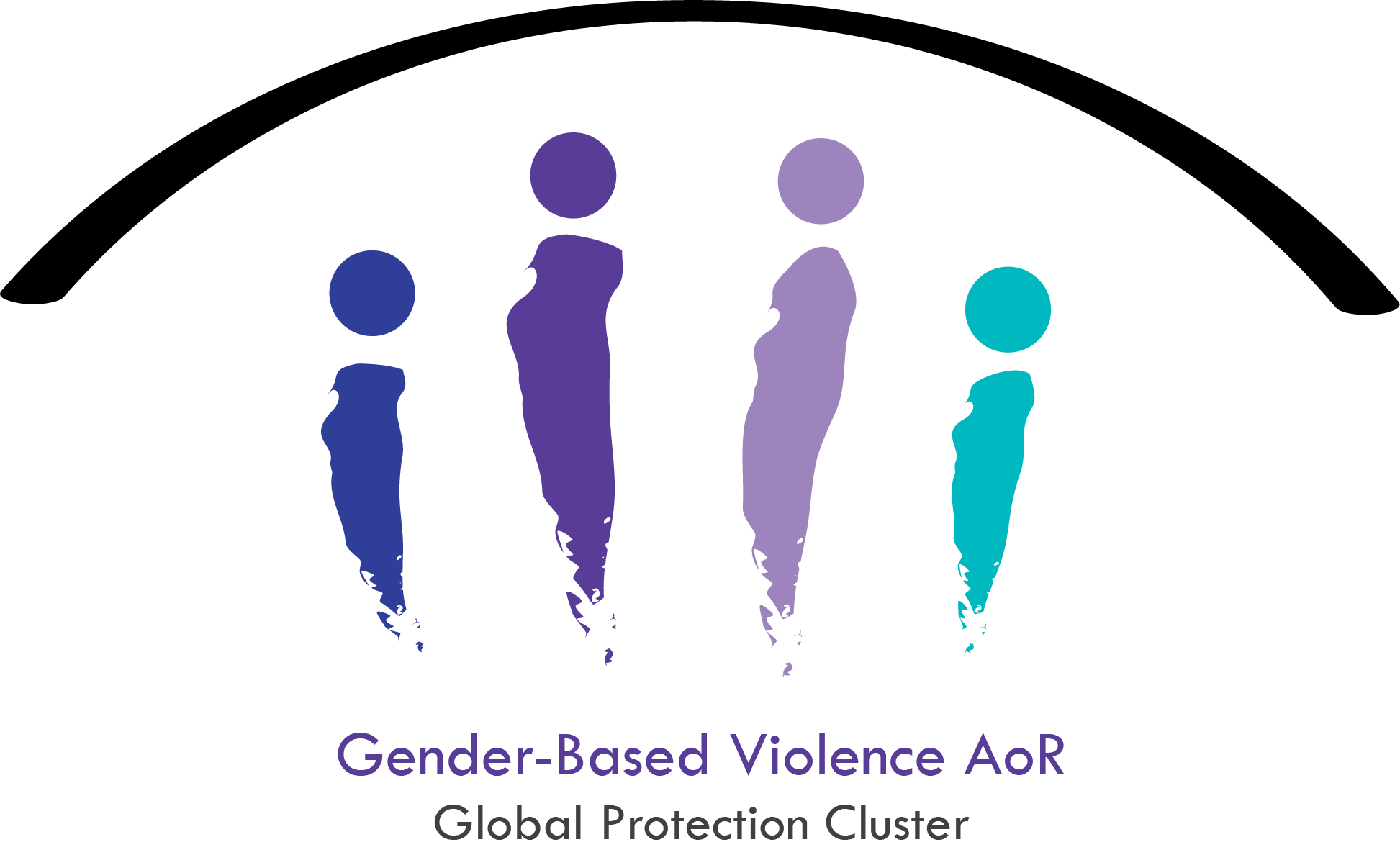Search Results for “”
Sample ToRs for GBV coordinator, GBV co-chair and field coordinator
23 Jul, 2019
Annex 4 of the GBV AoR Handbook for Coordinating GBV in Emergencies
How to Make the Most of IM in Coordination - ALNAP 2016
08 Jul, 2019
This briefing paper is part of an ongoing research initiative on humanitarian coordination. It outlines key issues and questions related to information management, one of the four themes that will be discussed at ALNAP’s meeting ‘Working Together to Improve Humanitarian Coordination’ in London on 30 June to 1 July 2016. In particular, it will concentrate on informational management within the Inter-Agency Standing Committee (IASC) coordination mechanism (Clusters, inter-Cluster and humanitarian country teams, or HCTs). Alongside this paper, ALNAP has also produced additional materials for background context: a video and a recording of a webinar on the same topic, which can be accessed at www.alnap.org/coord-meeting.
Annotated Bibliography on Engaging Boys to Become Allies in GBV Prevention - GBV AoR Helpdesk 2022
30 Dec, 2022
ngaging boys (up to age 18) is a critical yet under-explored area of GBV prevention in emergencies. This annotated bibliography provides an overview of relevant literature, evaluations, and programmatic examples for engaging boys in GBV prevention programming with a focus on high and middle-income settings and—to the extent knowledge exists— humanitarian contexts. Building on an emergent body of global literature on male engagement for GBV prevention, the bibliography begins with an overview of evidence and lessons learned in work with boys to prevent GBV generally, and then focuses on examples of specific types of programs, such as community-based social norms change; bystander interventions; school-based programming; peer education; and sports- and play-based programming. This information is meant for GBV practitioners working in emergency settings who are seeking to work with boys as allies in GBV prevention.
UNFPA Case Study: Exploring GBV Risk Mitigation in Cash Assistance in Iraq and Colombia
26 Sep, 2023
From 2022-2023, UNFPA and the Global Women’s Institute (GWI) at George Washington University undertook operational research in Iraq and Colombia with the goal of developing proxy indicators for mitigating GBV risk to women who receive cash assistance. Proxy indicators for detecting GBV risks to women in cash assistance offer a safe way for non-GBV specialist cash and/or M&E actors to monitor risk without causing inadvertent individual discloures of violence. This case study explores the findings of the operational field research and its implications for UNFPA’s Indicators for GBV Risk Mitigation in Cash Assistance with Supporting Guidance. Key Finding #1: Asking women about their risk mitigation strategies, rather than their opinions on the risks associated with cash, appeared to reduce their response bias and revealed some of the risks they encountered within their communities, households, and/or intimate partnerships when accessing or using cash. Ke...
